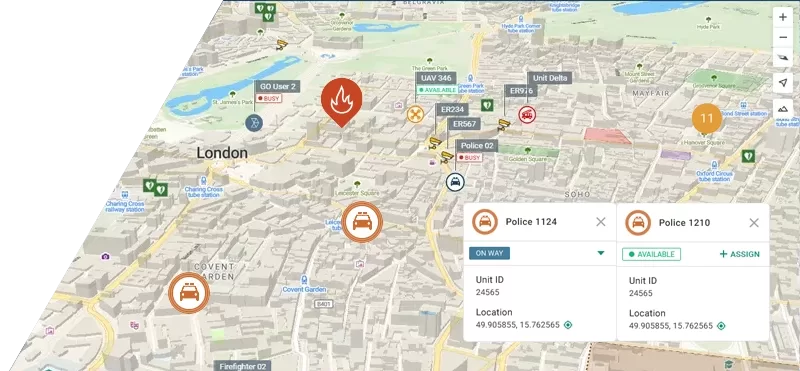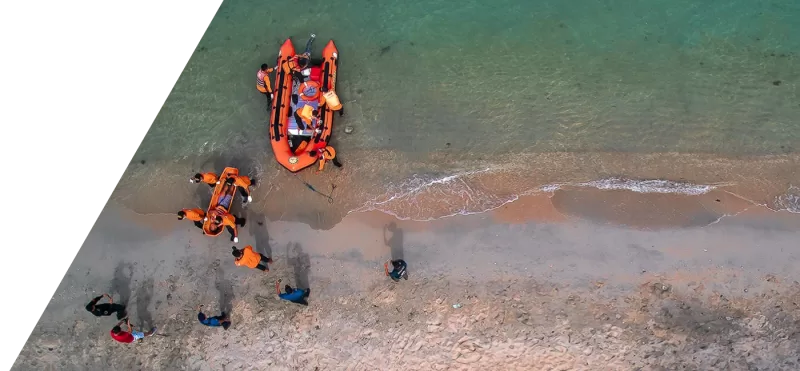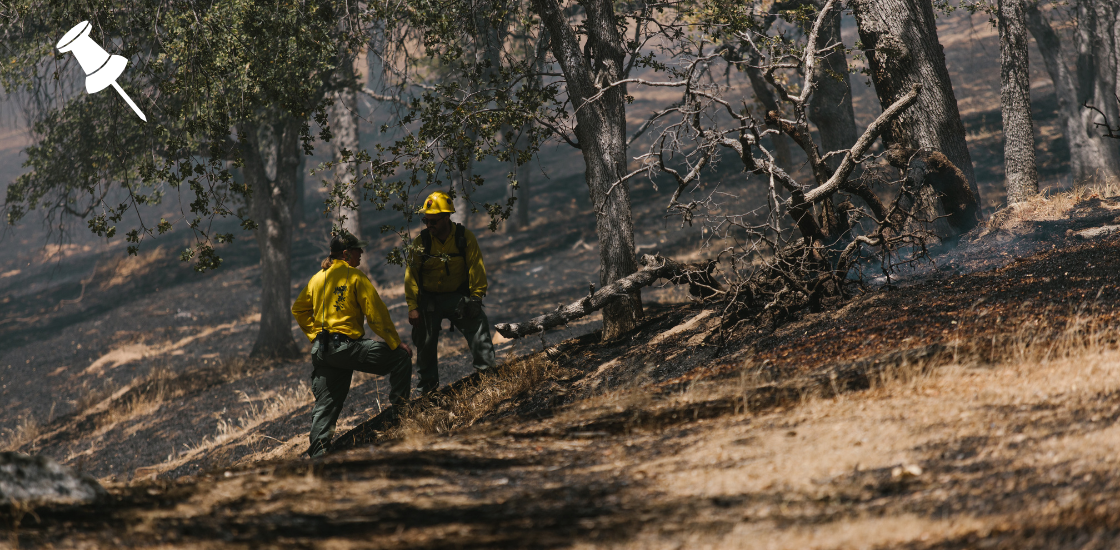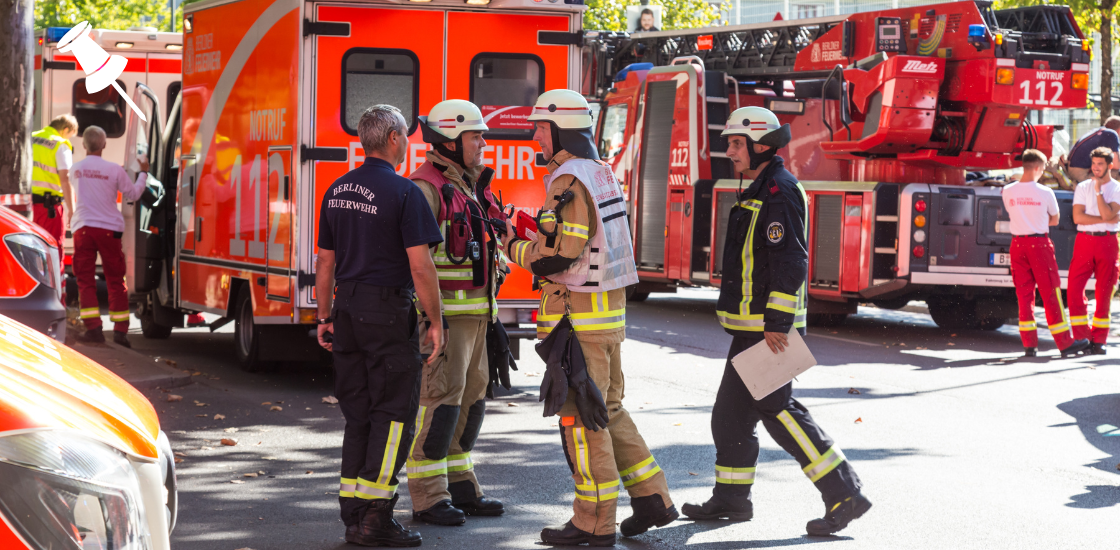Yet even the most capable dispatcher is only as effective as the tools supporting them. That’s where Computer-Aided Dispatch (CAD) systems come in—not as flashy technologies, but as essential partners in delivering calm, structured, and lifesaving responses in moments of crisis.
Table of Contents
- What Is EMD Certification?
- Why It Matters: The Dispatcher as the First First Responder
- Challenges in Real-World EMD Workflows
- How CAD Systems Enhance EMD Performance
- A Brief Note on Smart CAD
- Conclusion: Certification Alone Isn’t Enough
What Is EMD Certification?
Emergency Medical Dispatch (EMD) certification is a formal credential awarded to dispatchers trained in medical triage, crisis communication, and pre-arrival instruction. It’s not just about knowing what to say—it’s about knowing what to ask, how to interpret answers under stress, and what guidance to give until help arrives.
Certification programs, such as those offered by the International Academies of Emergency Dispatch (IAED) or national bodies like the National Academies of Emergency Dispatch (NAED), follow internationally recognized protocols. These programs typically include:
- Structured call-taking procedures: Using scripted questions to rapidly assess the caller’s situation.
- Priority-based response allocation: Assigning emergency resources based on severity, not emotion or guesswork.
- Pre-arrival instructions: Talking callers through CPR, bleeding control, airway management, childbirth, and more.
- Legal and ethical frameworks: Ensuring dispatchers act within medical and operational guidelines.
Becoming EMD-certified is rigorous. It requires classroom instruction, protocol mastery, simulated call handling, and ongoing re-certification to maintain standards. But the goal is simple: deliver consistent, medically sound decisions under pressure.
Why It Matters: The Dispatcher as the First First Responder
We often think of emergency responders as the people in uniforms—paramedics, firefighters, police officers. But EMD-certified dispatchers are the invisible first responders, guiding people through their worst moments with calm, precision, and empathy.
Consider this:
- A child isn’t breathing. The dispatcher must recognize agonal breathing and initiate CPR instructions within seconds.
- A person collapses in a remote area. The dispatcher must quickly determine their location and dispatch help while offering stabilization guidance.
- A caller is panicked and screaming. The dispatcher must de-escalate, regain control, and gather usable information.
EMD certification empowers dispatchers to handle these situations not just competently, but confidently—reducing errors, improving outcomes, and giving people the support they need when it matters most.
Challenges in Real-World EMD Workflows
Despite rigorous training, real-world dispatchers face complex challenges:
- Call volume stress: One dispatcher may juggle multiple high-stakes calls.
- Incomplete information: Callers may be disoriented, emotional, or unable to provide clear answers.
- Geolocation barriers: Determining exact locations without good technology can waste precious minutes.
- Protocol deviation risks: Under pressure, even well-trained staff may unintentionally skip steps.
This is where system design matters. The dispatcher’s performance doesn’t happen in a vacuum—it’s influenced by how easily their environment allows them to apply what they’ve learned.
How CAD Systems Enhance EMD Performance
A Computer-Aided Dispatch (CAD) system is the digital backbone of modern emergency response. When designed well, it doesn’t just record calls and dispatch units—it supports the dispatcher at every step of the EMD process.
Here’s how CAD supports certified dispatchers in real life:
1. Protocol Integration
EMD protocols (such as ProQA or custom frameworks) can be built directly into the CAD workflow. This allows dispatchers to follow scripted questions, decision trees, and triage rules step-by-step—without needing to consult paper references or switch platforms.
2. Speed and Focus
Well-structured CAD interfaces minimize friction. By reducing the time spent clicking through screens or searching for units, dispatchers stay focused on the caller, not the software.
3. Geolocation and Mapping
Integrated GIS tools help locate callers even when they can’t articulate their position. This is crucial in outdoor, rural, or high-stress situations.
4. Pre-arrival Instruction Tracking
Some CADs can log when and how pre-arrival instructions were given, supporting quality assurance, post-incident reviews, and certification audits.
5. Multimedia and Context Sharing
Dispatchers can attach incident notes, voice logs, GPS data, and even images from the field. This ensures that paramedics receive rich context before arriving at the scene.
6. Feedback Loops and Continuous Learning
Data from CAD systems can be used to train new dispatchers, identify protocol deviations, and reinforce best practices. This supports long-term improvement and helps agencies stay aligned with certification bodies.
A Brief Note on Smart CAD
At GINA Software, we’ve seen firsthand how modern CAD platforms can amplify the strengths of EMD-certified dispatchers. Our platform, Smart CAD, was designed with medical dispatch in mind—from real-time location tracking and multimedia sharing to mobile access and intuitive triage interfaces.
We don’t replace dispatchers—we empower them. When CAD systems stay out of the way and do their job quietly, they give professionals the space to listen, guide, and save lives.
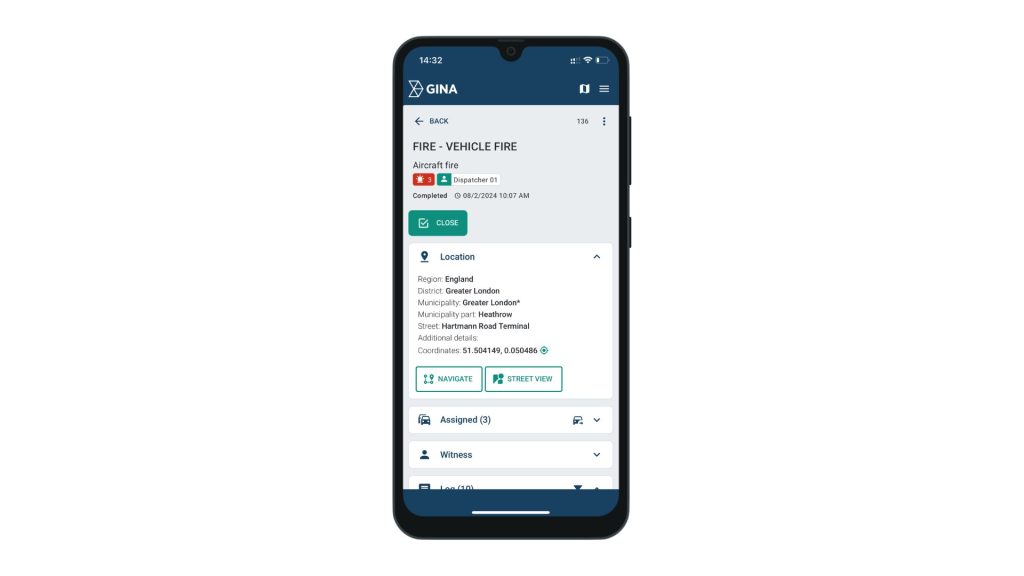
Conclusion: Certification Alone Isn’t Enough
EMD certification raises the bar for medical emergency response. It brings structure, confidence, and clarity to some of the most stressful moments in human experience.
But training isn’t everything.
Dispatchers also need reliable, intelligent, and well-designed tools that help them apply their training in the real world. A great CAD system doesn’t just support logistics—it supports lives.
As emergency services evolve, the best results will always come from a partnership between people and technology: trained professionals backed by systems that are built with care, clarity, and life-saving intent.
